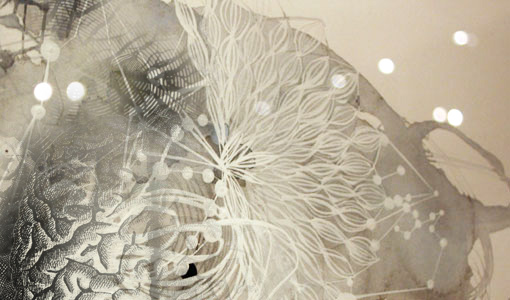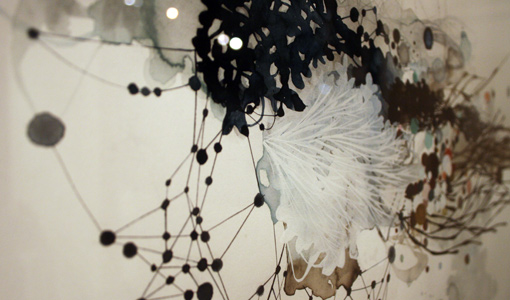Technology and the right brain
Posted on December 24, 2010 | posted by:“Machines will follow a path that mirrors the evolution of humans. Ultimately, however, self-aware, self-improving machines will evolve beyond humans’ ability to control or even understand them.”
-Ray Kurzweil, Scientific American, June 2010
—–
“I never came upon any of my discoveries through the process of rational thinking.”
-Albert Einstein
—–
My dad does not understand the prevalence of technology and constantly questions its value. It seems like the later generations are weary of technology, yet simultaneously are fascinated. On the other hand, the younger generation seems to revel in the gadgetry of technology—anxious for the next versions to come out. Every morning, through the thin wall of our apartment, I hear our neighbor’s little baby begin to form his speech and I cannot help but wonder as to how technology will affect his method of learning, communicating and socializing.
How will technology continue to expand it’s grip on our attention—forever changing the interface of how we learn and how we experience life. What is lost when technology is so heavily relied upon, and what is gained? How can we ensure the practice of teaching the next generation how to think for themselves and to view things critically? Technology is more enmeshed with our lives than ever before in history, and we are more connected than ever before as a species, but at what cost? Now the internet is something we have to do to function in our daily lives when it was once something that we chose to do. How will this affect future generations? How will it affect how we learn, think, live? What will the culmination of this technological saturation be? Can we embrace technology without losing that which makes us human, that generational DNA-based learning that is the accumulation of a thousand lives?
While technology will help us with our ever-growing and changing world of complexity, emphasis must be maintained on the brain’s function to think on its own and define one’s own method of learning and thinking. Empathy, morals, a sustainable economy and environment depend on the human ability to make decisions that will lead us all to a better experience of life.
“The human brain then is the most complicated organization of matter that we know.” Isaac Asimov
But maybe technology isn’t as much a threat as we sometimes feel it might be. Steven Johnson writes about pattern recognition in his book Emergence. He argues that people’s fear of computer’s ability to put together streams of information in a smart and helpful way is not a threat to our humanity. He argues “the emergent software model is preferable to the way most Westerners consume entertainment: by obeying the dictates of advertising”.
He goes on to say “The human brain is much more adept at recognizing patterns than thinking through logical combinations. As he points out, “unlike most computers the brain is a massively parallel system, with 100 billion neurons all working away at the same time. That parallelism allows the brain to perform amazing feats of pattern recognition, feats that continue to confound digital computers—such as remembering faces or creating metaphors.” Johnson, pg. 127, Emergence.
While computers can be a great benefit in processing and crunching numbers to help us move forward with hunches and urges it is not the be all for the future good. If we rely on technology too much to teach our children, produce and deliver our food and care for the sick then we run the risk of omitting the irreplaceable condition of human empathy, connection and our innate need to give and receive love. My intuition—understood by me through my unique collection of experiences and memories—tells me that information learned through positive social interaction yields a vastly deeper and wider understanding of materials, and can even encourage imagination, innovation and abstract thought.
In many instances, technology has become a buffer to our experience of the world rather than a conduit. Technology, as a physical expression of the scientific method, leaves little room for other forms of inquiry, ones that build on leaps of inspiration, flashes of brilliance. But it is these lightening strikes of learning that have brought us some of the most innovative and creative discoveries of our time. By redistributing the balance between intuitive and scientific thinking, we can return to view technology and it’s possibilities with fresh eyes, from a new paradigm, one where intelligence can also offer some strokes of wisdom and where our individual understanding and humanity can compliment the abilities of technology.

